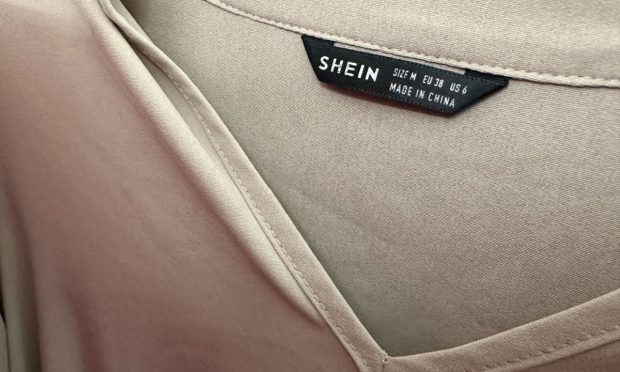Why Shein Thinks Quiet Luxury Will Drive More Sales

In recent years, the concept of quiet luxury has become a trend in the fashion industry.
The term refers to the subtle but expensive garments offered by high-end brands like Loro Piana and Brunello Cucinelli, which convey an understated elegance and refinement. But is it a trend exclusive to the Brunello Cucinellis of the retail world, or is there room for other players?
The quiet luxury trend correlates with the old money trend, which has gained popularity through TikTok with 4.9 billion hashtag views, sparking a debate about what constitutes a quiet luxury look and what the wealthy actually wear. Is it understated and logoless, or is it branded and trendy? Alternatively, do the wealthy wear whatever they want, undefined by a particular look or feel?
Can quiet luxury apply to more than just luxury retailers? Affordable fashion labels, such as Zara, Mango and Banana Republic, are shifting toward simple yet sophisticated apparel designs. Even fast-fashion retailer Shein is getting in on the trend with its Quiet Luxury section.
So, can a trend centered on exclusivity be accessible to everyone?
The Influence Behind Understated Fashion
The rise of quiet luxury can be attributed to a variety of factors, including a reaction to the loud and flashy aesthetic of pop culture, as well as the current economic climate, which has pushed many consumers to deal with financial uncertainty, and ultimately look to spend less over time by investing in higher-quality, timeless pieces that will last for years to come.
Adding to the influence are shows like “Succession,” which have played a role in popularizing the quiet luxury look. The show’s characters are often dressed in classic, refined pieces that exude sophistication and taste. This has helped to create a demand for similar styles among consumers.
The Opportunity Quiet Luxury Poses for Brands
With this level of influence, consumers of different tax brackets want to achieve the same effortless look, which in turn has sparked an opportunity for brands outside of the top luxury pricing tier. As consumers increasingly look for staple pieces like button-down shirts and cashmere sweaters, or pieces that feel like the same quality, fast-fashion retailers can offer high-quality alternatives at a more accessible price.
While Shein may not seem like an obvious fit for the understated look of quiet luxury, it’s not uncommon for fast-fashion retailers to try their hand at different styles and trends to appeal to a wide range of customers. In this case, Shein can offer refined pieces — think blazers and high-quality denim — into its collections at a lower price point to help consumers create the old money look they’re after.
Shein also has a chance to leverage its already significant customer base to capitalize on the trend. Last month, the fast-fashion giant told investors that it plans to double its revenue by 2025 and expects its gross merchandise value (GMV) to rise 174% over that same time.
These projections were included in a presentation that was shown to investors ahead of Shein’s initial public offering (IPO) that is to be held this year, according to the report.
Shein’s estimated yearly revenue of $58.5 billion would exceed the combined sales of its competitors H&M and Zara and would be more than twice the amount generated by Shein in 2022, which was $22.7 billion.
Frequent Release of New Clothing
Fast-fashion retailers are well-positioned to participate in the quiet luxury or old money space due to their business model, which emphasizes the frequent release of new clothing collections and the ability to track style trends and respond.
For example, while Lulus has battled its fast-fashion label, the retailer stated during its last earnings call March 14 that about 83% of its units sold were offered without markdowns. It attributed its success to its innovative and data-driven product development process that aids in minimizing fashion risks and facilitates efficient inventory management in response to evolving consumer preferences.
Furthermore, fast-fashion retailers’ ability to offer new styles and trends quickly gives them access to young consumer wallets, but their convenient payment options like buy now, pay later (BNPL) also enable them to hone in on their target audience: consumers ages 18-24.
The use of BNPL makes shopping more accessible and convenient for younger consumers who may not have much disposable income and ultimately allows them to purchase items they may not have been able to afford otherwise, further fueling their interest in fashion and trends.
According to PYMNTS’ “Buy Now, Pay Later Tracker®,” the adoption of BNPL was driven primarily by millennials and Generation Z, with millennials representing the largest group of BNPL users. The report also found that 44% of all Gen Z consumers were likely to use BNPL at least once before the end of 2022, compared to 37% of millennial shoppers.
So, can quiet luxury be accessible to everyone, or will it remain an exclusive trend for those with the means to invest in high-end pieces? The answer may lie in the success or downfall of Shein’s foray into the trend.
For all PYMNTS retail coverage, subscribe to the daily Retail Newsletter.

